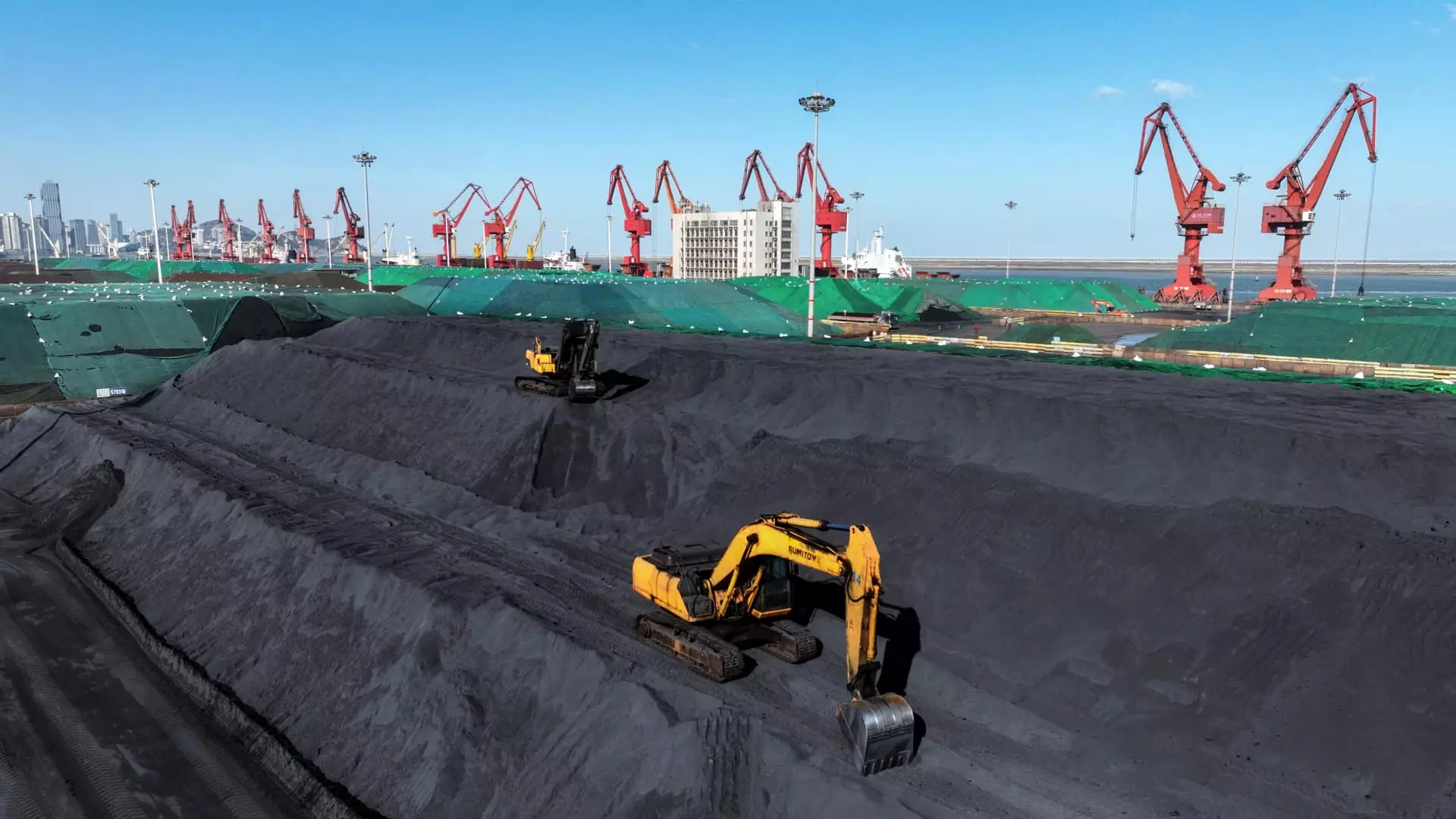Recent data from China’s National Bureau of Statistics has revealed a startling drop in industrial profits, showing a dramatic 17.8% decline year-on-year for August. This downturn marks a stark reversal from the previous month, where profits had increased by 4.1%, reaching a peak not seen in five months. This volatility raises critical concerns regarding the stability of China’s economy, especially since industrial profits encompass a wide range of sectors, including factories, mines, and utilities.
For the first eight months of the year, large industrial firms experienced marginal profit growth of only 0.5%, totaling 4.65 trillion yuan (approximately $663.47 billion). This is a notable drop from the 3.6% growth observed in the first seven months. This trend underscores the difficulties these firms face, particularly amidst a backdrop of increasing economic disarray.
In light of the economic challenges, the Chinese government has intensified its measures to stimulate growth. Signs are emerging that the country may not achieve its full-year GDP growth target of around 5%. Factors contributing to this predicament include waning domestic demand, long-standing issues in the housing market, and rising unemployment, all of which heavily burden the world’s second-largest economy.
To address these setbacks, a high-level meeting chaired by President Xi Jinping emphasized the necessity of revitalizing the property sector and enhancing fiscal and monetary policies. These actions illustrate a proactive approach to combating economic stagnation. Following this, the People’s Bank of China implemented a series of monetary adjustments, reducing the reserve requirement ratio (RRR) by 50 basis points, an effort aimed at increasing liquidity within the economy. Moreover, the central bank lowered the 7-day reverse repurchase rate to 1.5%, indicating a clear agenda to stimulate financial activity.
August has seen less than promising performances in key economic indicators, which further complicate the landscape for policymakers. Both industrial output and retail sales have increased at a slower pace than anticipated, with retail sales rising just above 2% year-on-year and industrial production climbing only 4.5%. Additionally, the real estate sector has struggled, presenting a staggering decline of 10.2% year-to-date as of August, mirroring lackluster performance from prior months.
The impact of these factors is evident in the urban unemployment rate, which rose to 5.3% in August, slightly up from 5.2% in July. These figures flash warning signals about consumer confidence and economic stability in China, revealing how intertwined these issues are.
As the Chinese economy grapples with these multifaceted challenges, the question arises: What lies ahead? The government’s efforts to inject capital and curb property market decline reflect a desire for stabilization, yet significant risks remain. Continued domestic demand weakness, coupled with a turbulent global economic environment, could further exacerbate the situation.
While the recent policy shifts indicate steps towards recovery, the sustainability of these measures will ultimately determine whether China can revive its industrial sector and steer itself back toward robust economic growth. The next few months will be critical as indicators will reveal the effectiveness of current strategies and the resilience of China’s economy in the face of significant adversity.


Leave a Reply